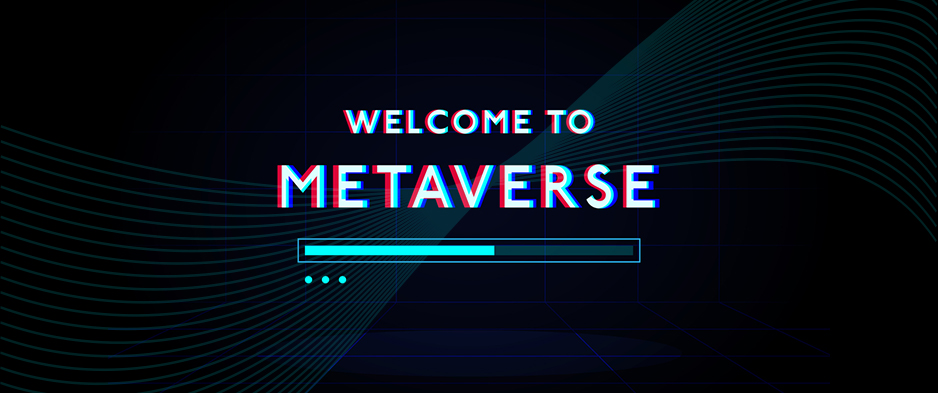The end of the border between virtual and real will involve the manufacturing sector as well. It is certain that the industry will enter the metaverse, it remains to be defined what the new opportunities and applications will be.
The arrival of the industrial metaverse
As the metaverse hype continues to grow, businesses in any sector – from fashion to real estate – are figuring out how to use it. But one thing is clear: this phenomenon is here to stay. According to experts, in fact, in about ten years the metaverse will have completely invaded our lives, reaching a value of 800 billion dollars by the mid-2020s, and then rise to 2.5 trillion dollars by 2030 (source Bloomberg Intelligence).
The interest in investing in the creation of an industrial metaverse is therefore concrete. And the terrain, all in all, is already prepared for technologies to converge and begin to take shape in this new reality. For years, Industry 4.0 with the IIoT has implemented the digital transformation of production, with more and more data stored in the Cloud and accessible online. At the same time, every day we see the growth of technologies such as augmented reality.
We are therefore not new to the idea (and implementation) of an immersive industrial environment. Today, the production cycle is made up of continuous interactions between the real and digital world. In enterprises, multiple workers, operators, and users can interact with each other virtually and access IoT data at the same time, wherever they are. In this sense, industrial automation 4.0 is already a metaverse archetype.
The evolutionary link on which to focus now is the addition of an additional level of interaction and immersion. That is, to track the real-time positioning of the operators and redirect them in the 3D world complete with avatars and other information of personal and professional definition.
Industrial applications in the metaverse
Now that the metaverse seems to be part of our future, including our professional one, we must ask ourselves what concrete opportunities will be to be exploited for industrial advancement. Without forgetting that, at least initially, it will also be a trial-and-error approach.
As was the case with digitization and Industry 4.0, the industrial metaverse will not be plastic from its debut. It will change, it will improve, it will evolve. It is therefore difficult to draw a precise and clear profile. Furthermore, it is inaccurate to think of the metaverse as an industrial trend. It will be a macro context in which companies will experiment and develop more technologies and applications. Some successfully, others destined to disappear.
One of the most plausible scenarios is the extension of Digital Twins into the industrial metaverse. In this way, companies will be able to develop the virtual 3D representation of their plants and systems. Likewise, employees will be able to interact in real time and access production data in ways that are even more innovative and in-depth than those already in existence. From safety to efficiency, this new frontier promises countless interesting outlets.

